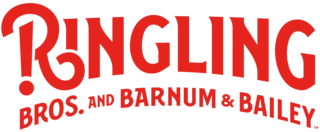
The Ringling Bros. and Barnum & Bailey Circus, also known as the Ringling Bros. Circus, Ringling Bros., the Barnum & Bailey Circus, Barnum & Bailey, or simply Ringling, is an American traveling circus company billed as The Greatest Show on Earth. It and its predecessor have run shows from 1871, with a hiatus from 2017 to 2023. They operate as Ringling Bros. and Barnum & Bailey. The circus started in 1919 when the Barnum & Bailey's Greatest Show on Earth, a circus created by P. T. Barnum and James Anthony Bailey, was merged with the Ringling Bros. World's Greatest Shows. The Ringling brothers purchased Barnum & Bailey Ltd. in 1907 following Bailey's death in 1906, but ran the circuses separately until they were merged in 1919.

Circus clowns are a sub-genre of clowns. They typically perform at circuses and are meant to amuse and entertain guests.

Lillian Leitzel was a German-born acrobat who specialized in performing on the Roman rings, for the Ringling Brothers and Barnum and Bailey Circus. The inaugural (posthumous) inductee to the International Circus Hall of Fame, Leitzel died in hospital two days after a fall during a live performance.

The Hagenbeck–Wallace Circus was a circus that traveled across America in the early part of the 20th century. At its peak, it was the second-largest circus in America next to Ringling Brothers and Barnum and Bailey Circus. It was based in Peru, Indiana.

Clyde Beatty was a famed animal trainer, zoo owner, and circus mogul. He joined Howe's Great London Circus in 1921 as a cage boy and spent the next four decades rising to fame as one of the most famous circus performers and animal trainers in the world. Through his career, the circus impresario owned several circuses, including his own Clyde Beatty Circus from 1945 to 1956.
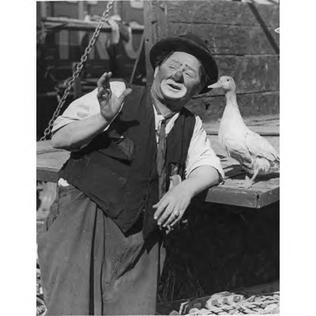
Otto Griebling was a German-born circus clown who performed for many years with the Cole Brothers and Ringling Bros. and Barnum & Bailey Circuses. He was one of four clowns given the title Master Clown by Irvin Feld.
Alfredo Codona was a Mexican trapeze artist who was a member of the world-famous "Flying Codonas" and was the first aerialist to continually perform the triple somersault. Alfredo came from an itinerant performing family whose origins lie with the Codoni family in the Italian speaking area of Canton Ticino in southern Switzerland.
Elvin Bale is a former artist and daredevil with Ringling Bros. and Barnum & Bailey Circus, among many other international circuses. He performed a single trapeze act which finished with a heel catch. Among his other acts were the "wheel of death", "human space shuttle", "mechanical monster", "motorcycle on the high wire" and human cannonball. His career as a performer ended on January 8, 1987, when, performing the human cannonball, he over-shot his landing cushion, breaking his legs and back and paralyzing him from the waist down.

The Ringling brothers were five American siblings who transformed their small touring company of performers into one of the largest circuses in the United States during the late 19th and early 20th centuries. Four brothers were born in McGregor, Iowa: Alfred T., Charles, John and Henry William, and the family lived in McGregor for twelve years, from 1860 until 1872. The Ringling family then moved to Prairie du Chien, Wisconsin, and finally settled in Baraboo, Wisconsin, in 1875. They were of German and French descent, the children of harness maker Heinrich Friedrich August Ringling (1826–1898) of Hanover, and Marie Salome Juliar (1833–1907) of Ostheim, in Alsace. While there were seven Ringling brothers, Alfred, Charles, John, Al and Otto Ringling were the main brothers in charge of the circus shows. All of the brothers were Freemasons. In 1919, they merged their Ringling Brothers Circus with America's other leading circus troupe, Barnum and Bailey, ultimately creating the Ringling Bros. and Barnum & Bailey Circus, which has operated continuously since except for a hiatus from 2017 to 2022.
Samuel Lockhart (1851–1933) was a famous Victorian elephant trainer and the second child of the famous Lockhart circus family. His work with elephants took him all over the UK, including Royal command performances in front of Queen Victoria, Europe and in the USA, where he worked for the famous Ringling Brothers Circus from 1896 to 1901. He has appeared in several historical books on the circus(SOURCE?), including one children's book completely dedicated to him, and the English town of Leamington Spa has several areas named after his most famous group of elephants "The Three Graces".

The International Circus Hall of Fame is a museum and hall of fame which honors important figures in circus history. It is located in Peru, Indiana, on the former grounds of the Wallace Circus and American Circus Corporation Winter Quarters, also known as the Peru Circus Farm and Valley Farms. The property includes rare surviving circus buildings from the late 19th and early 20th centuries, and was designated a National Historic Landmark for its historical importance.
Albert Joseph Henry Hodgini, Sr. (1884–1962) was a circus performer.

Bird Millman O’Day was one of the most celebrated high-wire performers of all time. During the “Golden Age of the American Circus,” she was a premiere attraction with the Ringling Brothers and Barnum and Bailey Circus.
The Royal Hanneford Circus is an American-based touring family circus. With origins dating back to 1690, it has been called the oldest circus in the world. The family first performed as a traveling troupe in 1807. In 1903, the family began its own circus as the "Hanneford Royal Canadian Circus" and in their early seasons toured the British Isles and Continental Europe. The family performed separately throughout much of the early 20th century in the United States. The modern Royal Hanneford Circus was formed in 1965, when Tommy Hanneford began producing shows featuring the family.

May Emmeline Wirth was an Australian circus and vaudeville performer famous for her ability to do somersaults forwards and backwards on a running horse.
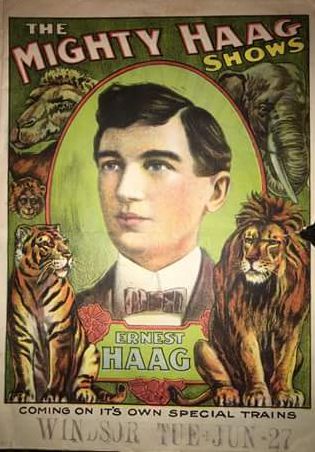
Mighty Haag Circus was started by American entrepreneur Ernest Haag in Shreveport, Louisiana. His circus toured continuously for over 40 years, from 1891 to 1938. During these years, the circus used a variety of types of transport: boat, carts, trains, horse-pulled wagons, and trucks. It was one of the largest traveling circuses in the United States.

The Three Codonas is a 1940 German drama film directed by Arthur Maria Rabenalt and starring René Deltgen, Ernst von Klipstein and Josef Sieber. It is based on the life of the circus performer Alfredo Codona. It was made by Tobis Film, one of the largest German production companies. The film's sets were designed by the art director Emil Hasler. It premiered in Hamburg, twelve days before its first Berlin screening at the UFA-Palast am Zoo.

Cooke's Royal Circus (1780–1912) started as a circus show travelling around Britain in the late 18th century. It was primarily an equestrian show with over half the acts involving horses.
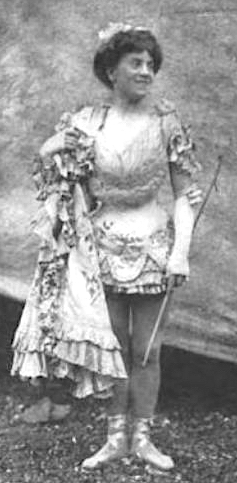
Ella Bradna was a Bohemian-born equestrian circus performer in the United States.
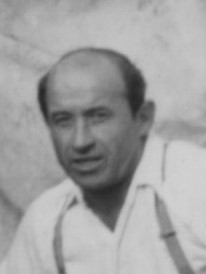
Hugo Schmitt, born July 19, 1904, in Bann, Landkreis Kaiserslautern, in Southwestern Rheinland-Pfalz in Germany, dead August 9, 1977, in Sarasota, Florida, United States, was a German-American circus artist, animal trainer and one of the worlds most famous elephant trainers with a record of 55 elephants performing in the ring. Starting his career at Carl Hagenbeck Circus-Stellingen in Germany, Schmitt was elephant superintendent at the world's largest circus, Ringling Bros. and Barnum & Bailey Circus in the USA from 1947 to 1971.















